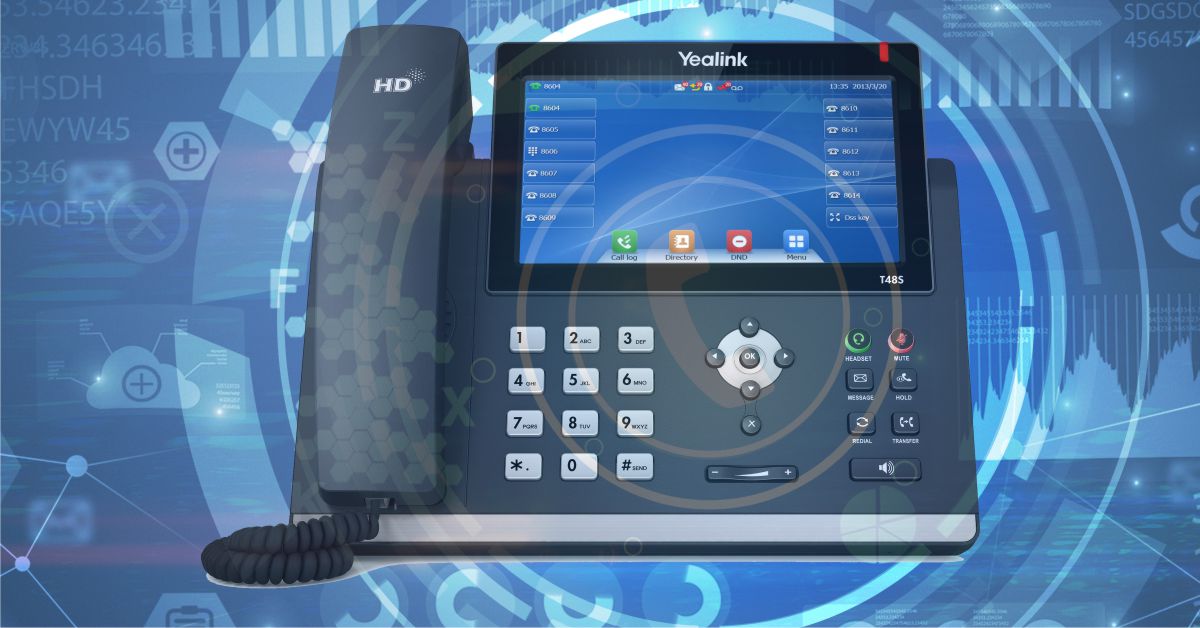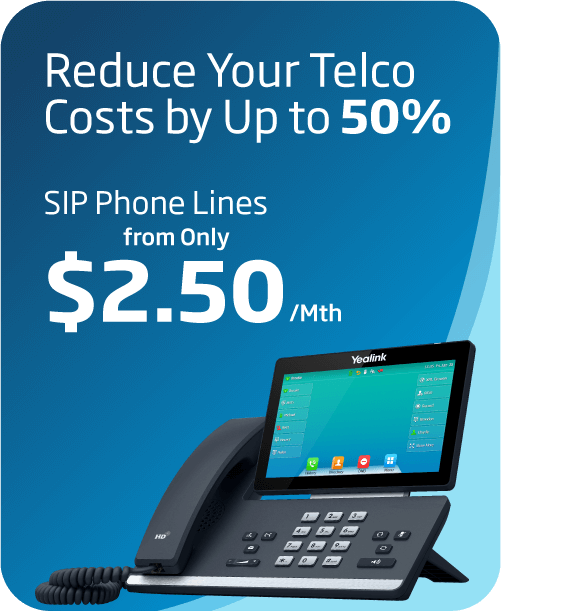How Does Hosted PBX Work?
A hosted PBX system is a cloud based software program that delivers PBX functionality over the internet. That's done using a cluster of servers located in a data centre. Multiple data centres are typically used for redundancy. The hosted PBX software has the ability to deliver a vast number of individual PBX systems. Each one is allocated a specific user ID and IP address.
Integrated with Business VoIP
The hosted PBX system is integrated with business VoIP and uses SIP trunks to make and receive phone calls over the PSTN (Public Switched Telephone Network). A landline telephone number allocated to the PBX extensions is used to make and receive calls.
User Settings and Configuration
As every PBX system is allocated a unique ID and partition. The main system and the extensions can be configured with specific call handling and call management instructions. Being a cloud based system, this can be done online and in real time, without the need for a PBX technician to visit the premises.
Uses IP Phones and Softphones
In order for the hosted PBX system to work, an IP phone (softphone or hardware) must be configured with the necessary credentials and connected to a suitable broadband connection. Every IP phone is allocated an extension number and provisioned onto the main hosted PBX system. Using the unique MAC address of the IP phone, auto provisioning enables the phone to configure itself once it's connected to the internet.
Making and Receiving Calls
When making a call, the IP phone communicates with the hosted PBX software at the data centre. The software then uses a SIP trunk to route the call to the destination. SIP trunks are connected to the PSTN (Public Switched Telephone Network) which enables it to call any destination with an active telephone number. When a call is made to the hosted PBX extension direct-in-dial number or the main phone number, it's received by the PBX system via the SIP trunk. It's then delivered to the intended IP phone via the internet.
You May Also Like
These Related Stories

Hosted PBX vs On-Premise Phone Systems

Office Phones and Top 3 Trends for SME Businesses








